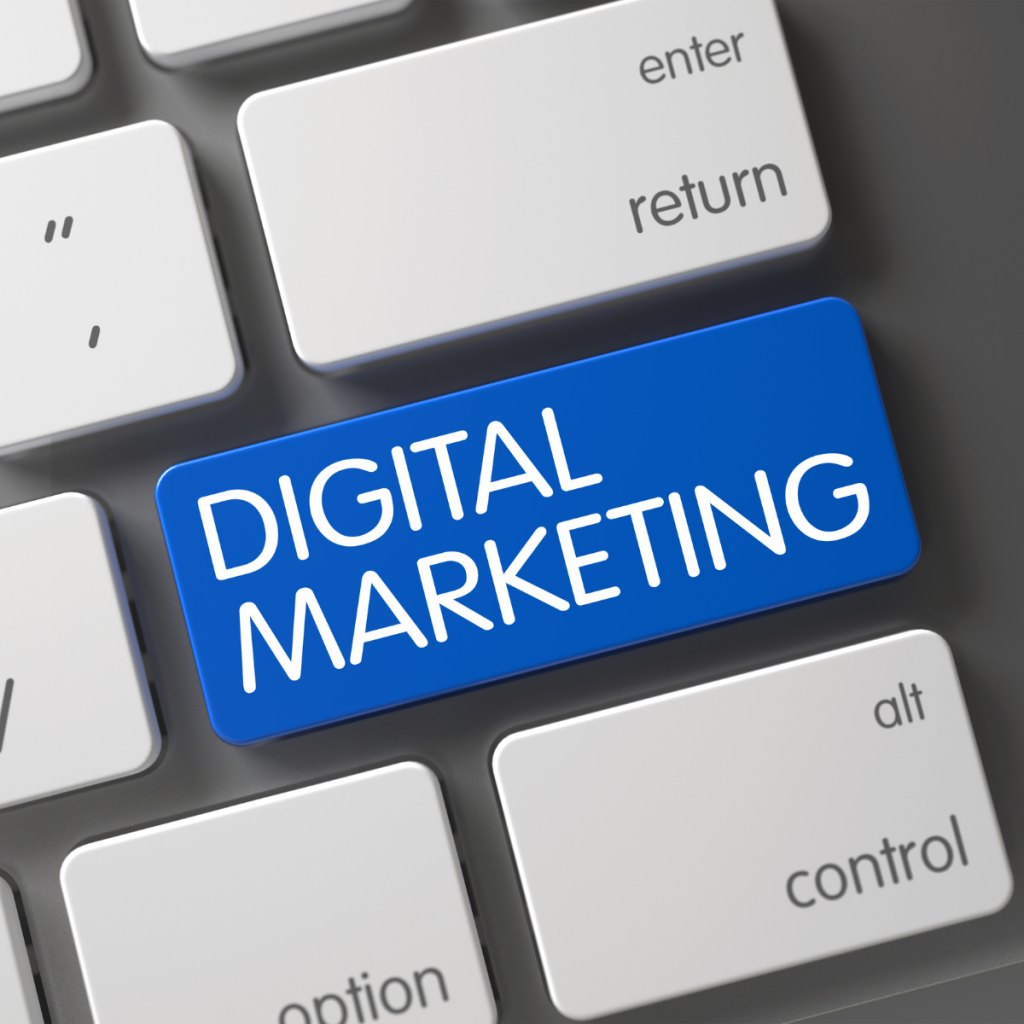In today’s digital landscape, a strong online presence is essential for any business. Whether you are a small startup or an established enterprise, the strategies you use to connect with your audience can make or break your success. Among the most effective marketing channels are SEO, social media, and email marketing. These three pillars of digital marketing work together to create a powerful strategy that increases visibility, drives engagement, and boosts sales.
In this article, we will explore why SEO, social media, and email marketing are crucial for the growth of your business. Understanding how to leverage these tools will not only help you reach a larger audience but also build meaningful relationships with customers, improve brand awareness, and enhance customer loyalty. Let’s dive into why these three elements are essential for your business’s long-term success.
1. The Power of SEO for Organic Growth
Search Engine Optimization (SEO) is one of the most important aspects of digital marketing. It is the process of optimizing your website to rank higher on search engines like Google, Bing, and Yahoo. When done correctly, SEO increases your website’s visibility, driving organic traffic from people searching for products or services similar to yours.

By focusing on relevant keywords, improving on-page optimization (such as meta tags and content), and building high-quality backlinks, SEO helps your website appear at the top of search results. This visibility makes it easier for potential customers to find your business when they search for keywords related to your industry.
Another reason SEO is so important is that organic search is one of the most trusted sources of traffic. People tend to trust search engine results more than paid ads, as they view them as more credible. The higher your website ranks, the more likely it is that users will click on your page, ultimately leading to more leads and sales.
In addition to driving traffic, SEO also helps improve the user experience on your website. A well-optimized site loads faster, is more mobile-friendly, and provides relevant content that meets user needs. All of these factors contribute to increased engagement, longer session durations, and higher conversion rates.
2. Social Media Marketing: Building Relationships and Brand Loyalty
Social media platforms like Facebook, Instagram, LinkedIn, Twitter, and TikTok are not just for personal use; they have become powerful marketing tools for businesses of all sizes. Social media marketing allows you to connect directly with your target audience, engage in meaningful conversations, and build a loyal customer base.
One of the key reasons social media matters for your business is its ability to foster two-way communication. Unlike traditional advertising, which is largely one-way, social media enables you to interact with your customers in real-time. You can respond to questions, resolve issues, and gain valuable feedback about your products or services. This interaction helps to build trust and loyalty, as customers feel heard and valued.
Social media is also an excellent platform for brand awareness. Posting regularly and sharing valuable content allows your brand to stay in front of your audience and build recognition. Whether it’s a funny meme, a behind-the-scenes look at your business, or an educational post, each piece of content contributes to your brand’s image and reinforces your messaging.
Additionally, social media marketing is a great way to drive traffic to your website. By sharing blog posts, product updates, or promotions on social media, you can encourage users to visit your site for more information. With the ability to target specific demographics, social media ads can also drive highly relevant traffic to your site, increasing the chances of conversion.
The social aspect of social media also allows for more personal engagement with your audience. Whether it’s responding to comments, running polls, or hosting live Q&A sessions, social media provides an interactive platform that helps you form deeper relationships with your customers.
3. Email Marketing: Direct Communication and Personalization
Email marketing remains one of the most effective ways to nurture relationships with your customers and generate sales. Unlike other marketing channels, email provides direct access to your audience’s inbox, allowing you to send personalized messages and offers tailored to their needs.
Email marketing is highly effective because it allows you to reach customers at various stages of their buying journey. Whether they’re just learning about your brand or are ready to make a purchase, you can send them targeted emails that speak to their specific needs. For example, sending welcome emails, promotional offers, or product recommendations based on past purchases can increase engagement and drive conversions.
One of the major advantages of email marketing is its ability to personalize content. With the help of segmentation, you can send customized emails to specific groups of customers based on their interests, demographics, or behaviors. Personalization leads to higher open rates, click-through rates, and ultimately, better ROI.
In addition, email marketing provides measurable results, making it easier to track the success of your campaigns. Key metrics like open rates, click rates, and conversion rates allow you to assess the effectiveness of your email content and refine your strategy. Testing different subject lines, messaging, and CTAs (calls to action) also helps you optimize your campaigns for better results.
Another important aspect of email marketing is its cost-effectiveness. Compared to traditional advertising methods, email marketing is relatively inexpensive and offers a high return on investment. With the right tools and strategy, you can generate significant revenue from your email campaigns with minimal investment.
4. How These Three Channels Work Together
While each of these marketing strategies is powerful on its own, the real magic happens when they work together. By integrating SEO, social media, and email marketing, you create a cohesive digital marketing strategy that drives traffic, engages customers, and boosts conversions across multiple touchpoints.

For example, SEO and social media can work hand-in-hand to improve your online presence. Sharing SEO-optimized blog posts or landing pages on social media can drive traffic to your website and improve your search engine rankings. Likewise, social media and email marketing complement each other by keeping your audience engaged at different stages of the buyer’s journey. Social media can attract new subscribers to your email list, while email campaigns can drive traffic back to your social profiles, where you can continue to build relationships.
Furthermore, integrating these three strategies allows for more targeted marketing. For example, you can segment your email list based on customer interests, use SEO to optimize your website for specific keywords, and use social media ads to target specific demographics. This multi-channel approach ensures that your marketing messages are reaching the right people at the right time, leading to more conversions and higher sales.
5. Conclusion: The Importance of a Unified Approach
In today’s competitive business environment, SEO, social media, and email marketing are more than just marketing buzzwords—they are essential tools for growing your brand and driving sales. By optimizing your website for search engines, engaging with your audience on social media, and sending personalized email campaigns, you can build stronger relationships with your customers and increase your revenue.
The key to success is creating a unified marketing strategy that incorporates these three channels in a way that complements each other. By doing so, you can maximize your marketing efforts, improve brand visibility, and achieve long-term business growth. If you’re not already leveraging SEO, social media, and email marketing in your business, now is the time to start. Your competitors are already reaping the benefits, and you don’t want to miss out on this incredible opportunity to elevate your brand.

Leave a Reply